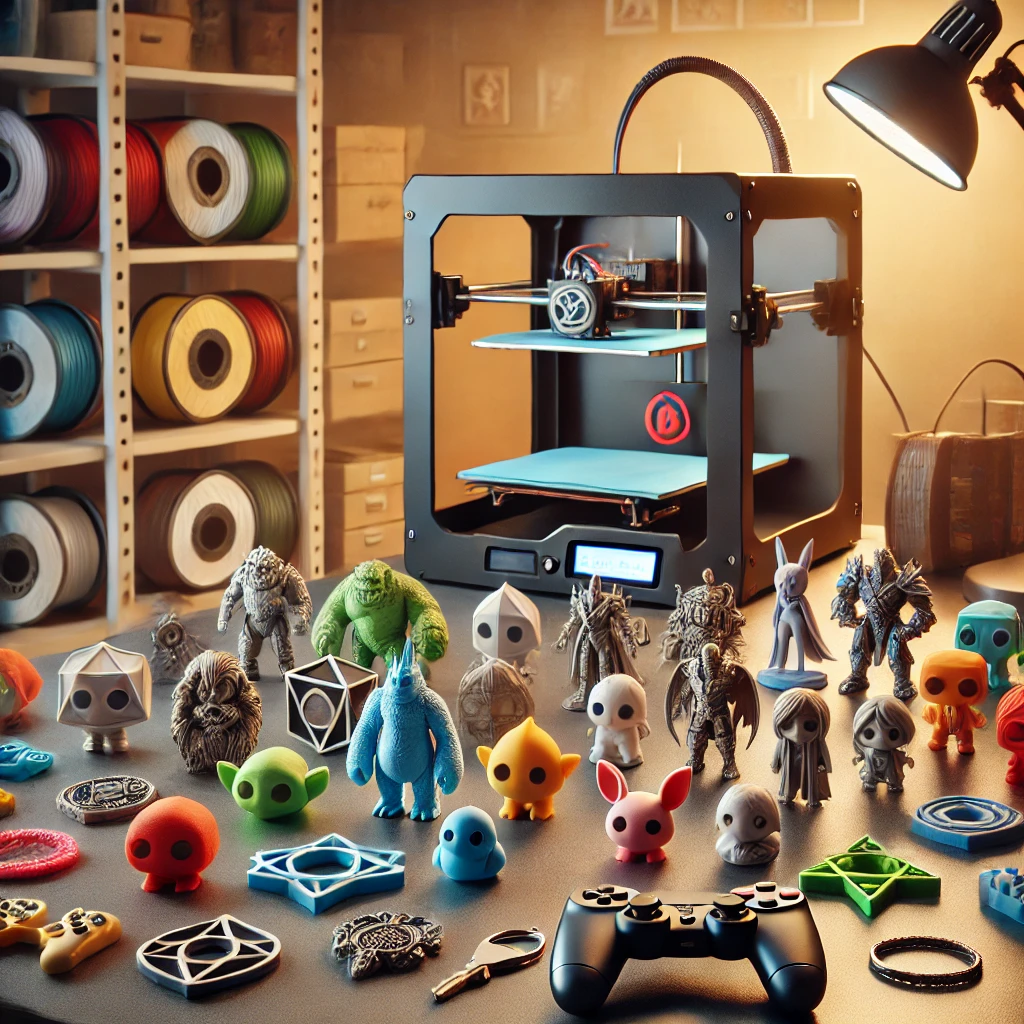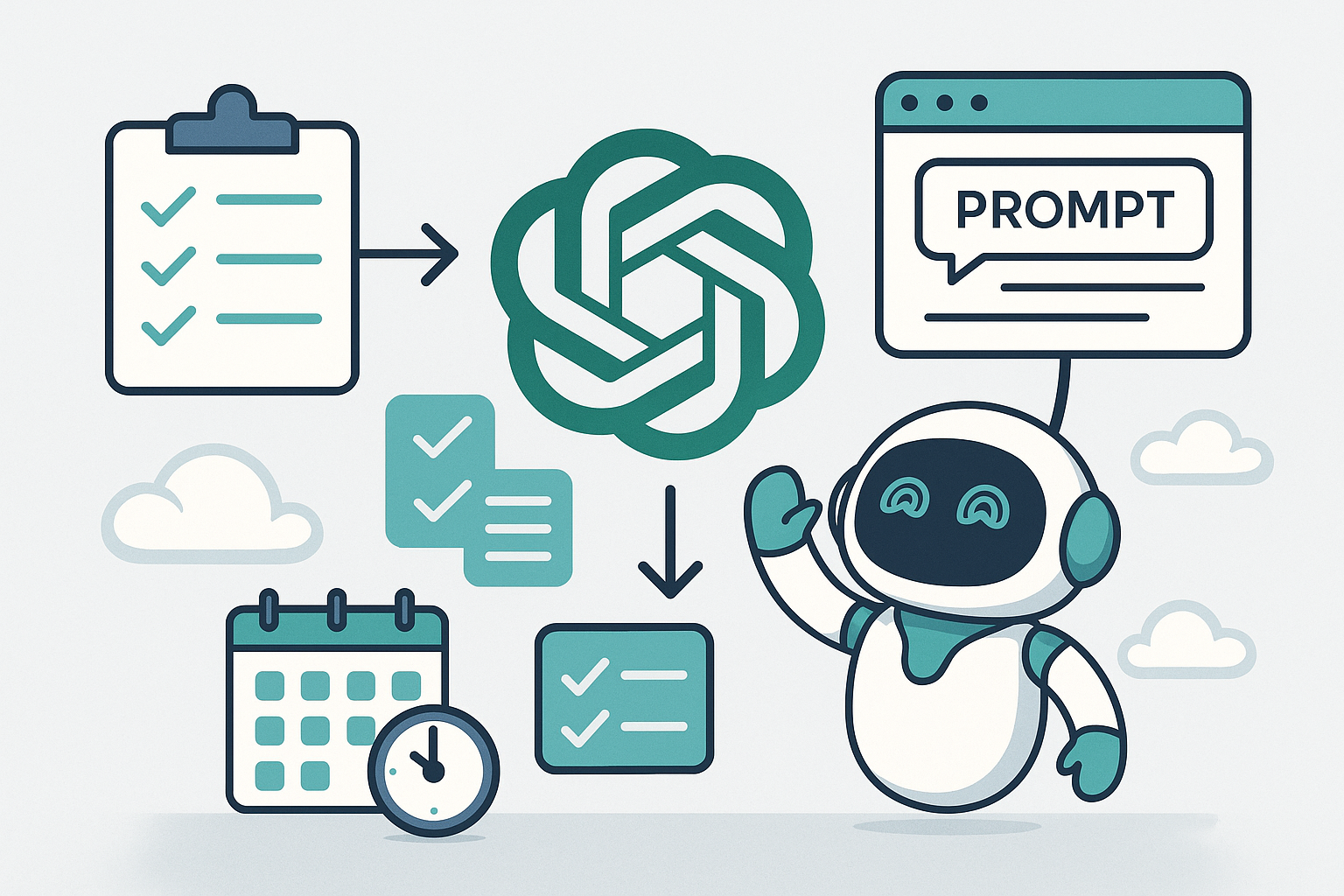How to Make Money with 3D Printing Without Owning a Printer
The good news is that you don’t need an expensive machine at home to profit from 3D printing. The market is growing fast, and you can make money by selling digital models, offering on-demand services, or creating personalized products — all online, in a practical and sustainable way.
In this complete guide, you’ll learn how to turn 3D printing into an income stream, even without owning a printer. You’ll discover where to sell, how to produce, which tools to use, and how to stand out in this expanding digital market.
1. The Growth of the 3D Printing Market
In recent years, 3D printing has evolved from a tech curiosity to one of the most promising industries worldwide. Reports from Statista and 3D Printing Industry show that the global market is worth billions of dollars and is growing by over 20% annually.
The reason is simple: it’s a technology that allows custom manufacturing with agility and reduced costs. Fields like medicine, architecture, fashion, education, and even gastronomy already rely on 3D printing for innovation and efficiency.
For entrepreneurs, this means opportunity. With creativity and the right strategy, you can create exclusive products, target niche audiences, and even sell digital files only — without ever touching a physical item.
1.1. Why Invest Now
3D printing is still in its popularization phase, which means that those who start now can get ahead of competitors. Just as e-commerce exploded in the past decade, 3D design and on-demand manufacturing are opening new doors for digital entrepreneurs.
2. What You Can Sell with 3D Printing
You can explore different business models within 3D printing. The best part? All of them can be managed remotely — whether designing, selling, or outsourcing production.
- Digital Models (STL Files): Create designs using software like Blender, Tinkercad, or Fusion 360 and sell the ready-to-print files.
- Physical Pieces: Keychains, miniatures, stands, home tools, geek collectibles, and decor items.
- Products for specific niches: Accessories for cosplay, pets, gamers, teachers, designers, or artisans.
- Personalized Services: Items with names, logos, or customized dimensions for special orders.
The secret is combining utility and aesthetics. Products that solve real problems and look great tend to sell more — especially when they’re exclusive.
3. How to Start Without Owning a Printer
You can join the 3D printing market by using print-on-demand platforms. The idea is simple: you create the model, upload it, choose the material and finish, and the platform handles production and shipping.
Some popular platforms include:
- Treatstock — a global network connecting designers and local manufacturers.
- Craftcloud — a marketplace with hundreds of available 3D printers.
- Hubs (formerly 3D Hubs) — ideal for professional or industrial-level production.
These platforms act as intermediaries: you create, they print and ship. This way, you can profit from physical products without touching or storing them.
3.1. A Practical Example
Let’s say you design a custom phone stand. You model it in Blender, upload it to Treatstock, set your price and materials, and list it on Etsy. When a customer buys it, the platform prints and ships it directly to them. You earn the profit. Simple, efficient, and scalable.
4. Where to Sell Your 3D Products or Files
Choosing the right sales channel is key to success with 3D printing. Here are your best options:
- Etsy: Perfect for selling STL files and handmade or geek physical products.
- MyMiniFactory, Cults 3D, and CGTrader: Specialized 3D model marketplaces.
- Local marketplaces: OLX, Enjoei, Shopee, Instagram, and TikTok are great for promoting physical items.
- Your own store: Use Blogger with an Etsy link or platforms like Shopify and WooCommerce.
Pro tip: Use short videos on TikTok and Reels to show your models in motion. Visual content attracts more customers and increases engagement.
5. Tips to Stand Out in the 3D Printing Market
- Focus on exclusivity: Design original models that stand out from competitors.
- Show the final result: Use realistic mockups to display how your product will look once printed.
- Target niche markets: Gamers, educators, pet owners, decorators, and collectors.
- Add personalization: Offer name engraving, color choices, or custom details.
- Tell a story: People connect with stories. Share the inspiration behind each creation.
5.1. Optimize for SEO and Social Media
When publishing on Etsy or Cults 3D, include keywords like “custom 3D printing,” “decorative STL model,” or “printable design.” It boosts visibility and brings in qualified buyers.
6. Useful Tools for Beginners
You don’t need to be an engineer to work with 3D printing. Today, there are free and beginner-friendly tools that make design accessible to anyone:
- 3D Design Software: Tinkercad, FreeCAD, Blender
- Ready-made Models: Thingiverse, Printables, Thangs
- Mockups and Visualization: Canva, Figma, Placeit
These platforms help you experiment with ideas and build confidence before offering paid designs.
7. Real-World Success Stories
Many entrepreneurs started from scratch and now make a living from 3D printing. Here are some inspiring cases:
- Miniature Designers: Create characters for RPGs and sell them on MyMiniFactory and Patreon.
- Home Decor Brands: Produce lamps, vases, and sculptures on demand using 3D printing.
- Prototype Companies: Offer design validation for startups before mass production.
All of them began with simple ideas and scaled up using third-party manufacturing — no expensive printers required.
8. How Much Can You Earn with 3D Printing
Your profits depend on your business model. Designers who sell digital files can enjoy passive income — each STL file can sell repeatedly for years. Those selling physical products may earn profit margins between 30% and 60%, depending on demand and complexity.
With consistency and good marketing, it’s entirely possible to build a solid monthly income, even without owning a printer.
9. The Future of 3D Printing and Opportunities Worldwide
3D printing is gaining momentum worldwide, especially in emerging markets such as Latin America. Schools, startups, and digital artisans are embracing the technology. As production costs drop and accessibility improves, the industry will continue to grow exponentially.
That means now is the best time to get in early, learn the tools, and carve your place in this creative, high-potential industry.
10. Conclusion: Turning Ideas into Profit Is Possible
3D printing isn’t just futuristic tech — it’s a creative tool for modern entrepreneurs. Even without owning a printer, you can thrive using on-demand platforms and digital marketplaces.
With imagination, planning, and persistence, anyone can turn digital designs into profit. Start small, test ideas, and never stop learning — the world of 3D creation is just beginning.
📢 Call to Action (CTA)
Want to learn more about AI, 3D printing, and digital business? Follow the TechInNess Blog and subscribe to our free newsletter to get practical guides and exclusive PDFs straight to your inbox.
💬 Frequently Asked Questions (FAQ)
- Do I need 3D modeling skills to start?
Not necessarily. You can use free templates and personalize them to your niche. - Can I sell 3D files in my local currency?
Yes. Platforms like Etsy and Cults 3D accept multiple currencies. - What’s the initial investment?
Virtually zero if you sell digital files or use print-on-demand services. - Is selling STL files profitable?
Yes, especially in niches like home decor, gaming, and miniatures. - Should I buy a printer later?
Yes — once your business grows and shows consistent demand.


